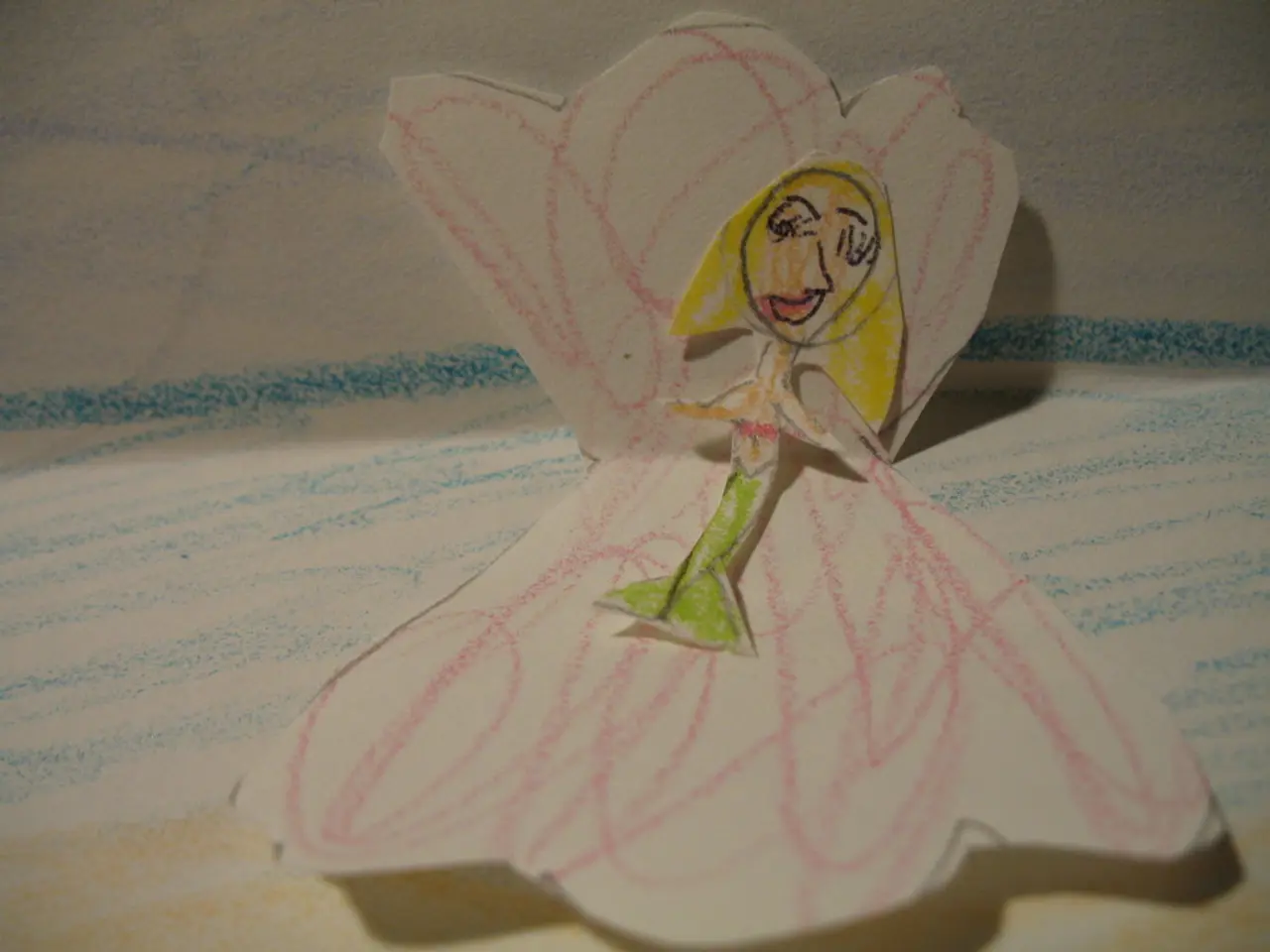Diet and Attraction Strategies for Blue Jays: Feeding Habits, House Invitation, and Contentment Tips
Seductive Yardscapes for Blue Jays: Make Your Yard a Stunning Sanctuary for These Vibrant Birds
Discover the secrets of blue jay conservation and how to turn your yard into a thriving sanctuary for these fascinating creatures
IntroductionWelcome to your ultimate guide to attracting blue jays to your yard. With their striking blue feathers, iconic crest, and boisterous calls, blue jays are a captivating sight that can make your outdoor space more lively and enchanting. Learn the essentials of blue jay care, as well as tips and tricks to create a verdant haven filled with delectable treats, comfortable nesting areas, and an environment designed to captivate these extraordinary birds.
Blue Jays: Quick Facts
Scientific Name: Cyanocitta cristataSize: 10-12 inchesHabitat: Deciduous and mixed forestsLifespan: 6 years in the wild; 20 in captivityRange: Southern Canada to Florida and northeastern Texas; East coast to eastern Colorado
Unleashing the Power of a Blue Jay Garden
Craft a bird-friendly landscape that delivers an extraordinary experience for blue jays and a host of other bird species
To craft a blue jay-friendly yard, you should focus on creating a holistic environment that fulfills their basic needs and fosters a sense of safety and comfort. This multi-faceted approach ensures that blue jays not only return year after year but also consider your yard an essential refuge in their ecosystem.
Food and Beverage
An all-you-can-eat smorgasbord for your feathered friends
Blue jays are omnivores that thrive on a diet comprising seeds, nuts, berries, and insects. To appease their gastronomic desires, include the following dishes in your bird-friendly menu:
- Black oil sunflower seeds
- Cracked corn
- Millet
- Whole peanuts in the shell
- Suet
- Mealworms
For a more sustainable and organic approach, cultivate native plants in your garden to serve as additional food sources. Providing native plant species also offers a natural food variety that varies with the season and fosters a true blue jay experience.
Now, serve up a drink!
In addition to fresh fruits and seeds, hydration is vital to blue jays' well-being. Place a birdbath or water feature in your yard to foster a quenching oasis for your flying friends. Periodically clean and refill the birdbath to ensure a healthy and hygienic water source all year round.
Shelter and Nesting Areas
Turn your yard into a cozy retreat for blue jays
Blue jays require shelter, protection, and safe nesting sites to thrive. When designing your blue jay garden, consider incorporating native shrubs and trees—choices to include may be red maple, hickory, oak, and hawthorn, to name a few. The presence of these familiar species will offer nesting opportunities and a seamless transition for blue jays to explore and call your yard their home.
DIY Blue Jay Castles and Cottages
Mounting a specially designed blue jay nesting platform or birdhouse is another excellent way to provide a cozy, secure nesting space. To create a suitable habitat, follow these simple guidelines:
Dimension: About 8” x 8” (20 x 20 cm) in floor area, with an equal distance from floor to ceiling.Shape: A sloping roof with partially open sides.Entry hole: Approximately 1.5 inches (4 cm) in diameter.Mounting: Position the birdhouse or nesting platform 25 feet (8 m) up, ideally in the crotch of a tree or against a tall structure such as a garage or shed.
In winter, blue jays become more vulnerable to cold, damp weather, so providing a sturdy, weather-resistant shelter will attract them to your sanctuary.
Ensuring Your Sanctuary's Success
Tips and tricks for blue jay mastery
- Limit collection efforts: To allow blue jays to thrive, avoid gathering too many eggs or collecting chicks from their nests, which can diminish their population and compromise their chances of survival.
- Minimize predators: Clear your garden of dense, sheltering foliage to deter potential predators such as cats, raccoons, and snakes from lurking near feeding sites.
- Prevent crowding: Position blue jay feeders a few feet away from feeders for smaller bird species to minimize territory disputes and ensure a peaceful, harmonious environment for all visitors.
- Offer variety: In addition to food and fresh water, consider offering natural nesting materials for blue jays, such as feathers, straw, and grass, to encourage them to nest and raise a family in your yard.
Resources
Plant native species, create inviting habitats, and grow your knowledge base
- Native Plants: Planting native trees, shrubs, and grasses in your garden attracts blue jays and other wildlife by providing shelter and a constantly evolving food source.
- Blue Jay Friendly Habitats: Learn more about blue jays' habitat preferences and how to craft an enriching landscape by visiting reputable wildlife conservation websites, such as the National Wildlife Federation and the Cornell Lab of Ornithology.
Open your heart, your garden, and your home to these alluring creatures, and witness the transformation of your yard into a thriving sanctuary for blue jays—both for your enjoyment and for the betterment of our ecosystem. Embrace the incredible, enriching connection that blossoms between you and these remarkable creatures and, together, make the world a more beautiful place.
- By incorporating native plants in your garden and offering an array of quality foods like black oil sunflower seeds, whole peanuts, and butterfly weed leaves, you can transform your home-and-garden into a home for blue jays and a guidepost in their lifestyle.
- To attract blue jays and provide a sanctuary for them, create a cozy retreat in your yard by installing a blue jay nesting platform or birdhouse, and offering sheltering native trees like oaks and hawthorns for nesting and roosting areas, enhancing the blue jays' lifestyle and ensuring your home-and-garden serves as a captivating sanctuary.




